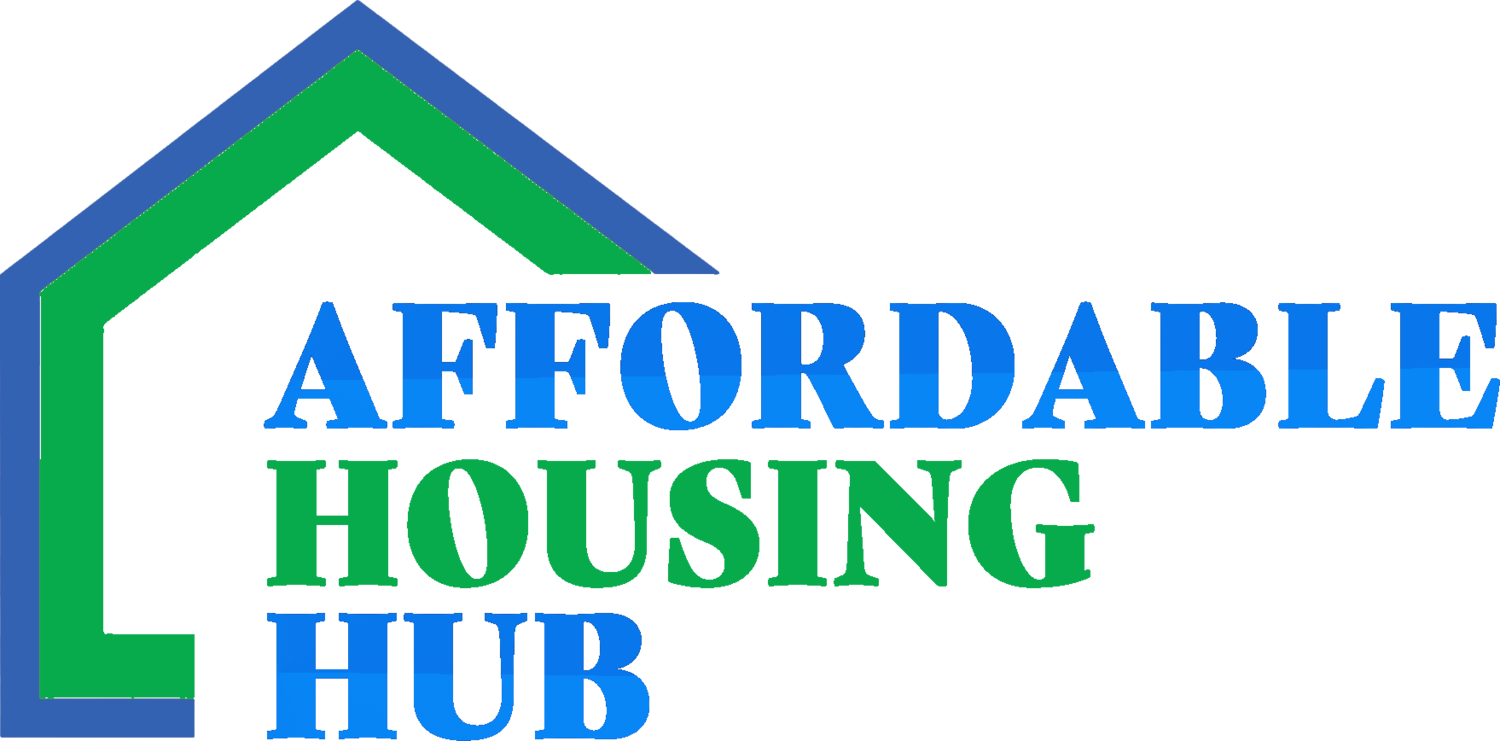Vermont Section 8 Housing
/As housing costs continue to rise, a significant share of Vermont renters spend more than half their income on housing, making rental assistance increasingly critical. This guide offers an up-to-date overview of Section 8 in Vermont, covering eligibility, application processes, income limits, and additional resources to help you understand this essential program.
What Is Section 8 Housing?
Section 8 is a federally funded program managed locally by public housing authorities (PHAs). It provides vouchers that subsidize rent for eligible participants, enabling them to live in privately owned housing. Tenants pay approximately 30% of their adjusted income toward rent, with the voucher covering the remainder up to a specified limit.
Who Qualifies for Section 8 Housing in Vermont?
Eligibility for Section 8 is determined by income, family size, and other factors:
1. Income Limits
Income limits are updated annually by the U.S. Department of Housing and Urban Development (HUD) and vary by household size and county. Below are sample income limits for a family of four in Vermont:
[table]
For the latest income limits in your area, visit the Affordable Housing Hub’s Vermont Locator.
2. Citizenship and Legal Status
Applicants must be U.S. citizens or eligible non-citizens. Documentation proving residency or citizenship is required.
3. Criminal and Rental History
A clean rental record and no recent history of violent or drug-related offenses are prerequisites for eligibility.
4. Additional Requirements
Local PHAs may apply other criteria, such as prioritizing individuals experiencing homelessness or families with children.
What is the Maximum Amount of Rent That Section 8 Will Pay in Vermont?
The maximum amount of rent that Section 8 will pay in Vermont varies depending on several factors, including the location and size of the housing unit, and the income of the tenant.
In Vermont, the maximum amount of rent that Section 8 will pay is determined by the "payment standard." The payment standard is the maximum amount of rental assistance that the Section 8 program will provide for a particular housing unit. The payment standard is typically based on the fair market rent (FMR) for the area, which is determined by HUD each year.
The tenant is responsible for paying the difference between the payment standard and the actual rent charged by the landlord. If the rent charged by the landlord is higher than the payment standard, the tenant will need to pay the difference out of pocket. If the rent charged by the landlord is lower than the payment standard, the tenant will typically pay a lower amount of rent.
Income Limits for Section 8 Housing in Vermont
To be eligible for Section 8 housing in Vermont, applicants must have a household income that is below a certain threshold. The income limits for Section 8 housing in Vermont are determined by HUD and are based on the median income in the area.
In Vermont, the income limits for Section 8 housing vary depending on the size of the household and the location of the housing. The income limits are updated annually by HUD, and the most recent income limits can be found in the table below.
These income limits are guidelines, and eligibility for Section 8 housing is also based on other factors such as citizenship, background checks, and voucher availability.
Fair Market Rents for Section 8 Housing in Vermont
Fair market rents (FMRs) are used to determine the maximum amount of rental assistance that Section 8 will provide for a particular housing unit. In Vermont, FMRs are determined by HUD each year and are based on the rental market in the area.
FMRs for Section 8 housing in Vermont vary depending on the location and size of the housing unit. For example, the FMR for a two-bedroom apartment in Burlington, Vermont, might be different from the FMR for a two-bedroom apartment in a smaller town in a different part of the state.
The following table illustrates fair market rent estimates for Vermont based on HUD data.
Keep in mind that the FMR is not the same as the payment standard, which is the maximum amount of rental assistance that Section 8 will provide for a particular housing unit. The payment standard is typically between 90% and 110% of the FMR, depending on the tenant's income.
How Do I Apply for Section 8 Housing in Vermont?
To apply for Section 8 housing in Vermont, you must submit an application to your local housing authority. Here are the steps to apply for Section 8 housing in Vermont:
Step 1: Locate Your Housing Authority
Applications must be submitted to your local housing authority. Use the Affordable Housing Hub’s Housing Authority Directory to find contact details.
Step 2: Submit Your Application
Complete the application form, providing accurate details about household size, income, and personal information. Required documents include:
Proof of income (e.g., pay stubs, tax returns)
Government-issued identification
Social Security numbers for all household members
Documentation of citizenship or immigration status
Step 3: Waitlist Placement
Due to high demand, most PHAs maintain waiting lists. Applicants are typically placed on a first-come, first-served basis, with preferences given to specific groups such as veterans or individuals with disabilities.
Step 4: Voucher Issuance
Once approved, you will receive a voucher and guidance on locating a rental unit that meets program requirements.
Vermont Housing Authorities
In Vermont, Section 8 housing is administered by various local housing authorities, which receive funding from HUD to administer the program. Here is a list of the housing authorities in Vermont that administer Section 8 housing:
| Housing Authority | Contact Information | Visit Website |
|---|---|---|
| Burlington Housing Authority | 65 Main Street, Burlington, VT 05401 (802) 864-0538 |
Visit Website |
| Montpelier Housing Authority | 1 Montpelier Terrace, Montpelier, VT 05602 (802) 229-9232 |
Visit Website |
| Rutland Housing Authority | 5 Tremont Street, Rutland, VT 05701 (802) 775-2926 |
Visit Website |
| Springfield Housing Authority | 40 Clinton Street, Springfield, VT 05156 (802) 885-4905 |
Visit Website |
| St. Albans Housing Authority | 10 Franklin Park West, St. Albans, VT 05478 (802) 524-7970 |
Visit Website |
| Vermont State Housing Authority | 1 Prospect Street, Montpelier, VT 05602 (802) 828-3295 |
Visit Website |
Contact information for each housing authority can be found on their respective websites or by calling the phone number listed above.
Section 8 Housing Vermont Waiting List
Due to the high demand for affordable housing in Vermont, many housing authorities have waiting lists for Section 8 housing vouchers. The waiting list is a list of eligible applicants who are waiting for a voucher to become available.
The waiting list for Section 8 housing in Vermont works on a first-come, first-served basis. When a voucher becomes available, it is offered to the next eligible applicant on the waiting list. Housing authorities may also prioritize certain applicants over others based on factors such as disability or homelessness.
The following list shows the current waiting list status in Vermont.
| Housing Authority | Waiting List Status |
|---|---|
| Burlington Housing Authority | OPEN |
| Montpelier Housing Authority | CLOSED |
| Rutland Housing Authority | OPEN |
| Springfield Housing Authority | CLOSED |
| St. Albans Housing Authority | OPEN |
| Vermont State Housing Authority | OPEN |
To confirm waiting list availability and your application status, contact your local housing authority directly. They will be able to tell you where you are on the waiting list and provide you with an estimated timeframe for when you might receive a voucher. Be sure to keep your contact information up to date with the housing authority so that they can contact you when a voucher becomes available.
How Long Does it Take to Get Approved for Section 8 in Vermont?
The Section 8 application process in Vermont can be lengthy, and the time it takes to get approved can vary depending on several factors.
The first step in the application process is to submit an application to your local housing authority. Once your application is received, your local housing authority will review it to determine whether you meet the eligibility requirements. This review process can take several weeks to several months, depending on the demand for Section 8 housing in your area.
If your application is approved, you will be placed on a waiting list to receive a voucher. The length of time you will have to wait for a voucher can vary widely depending on the demand for vouchers in your area.
Once you receive a voucher, you will need to find a suitable housing unit that meets the Section 8 program's requirements. This can also take some time, as you will need to find a unit that is within the payment standard set by your local housing authority.
If you have questions about the Section 8 application process or the status of your application, be sure to contact your local housing authority for more information.
Other Low Income Housing Options in Vermont
In addition to the Section 8 program, there may be other low-income housing options available in Vermont. Here are some other programs that you may want to consider:
Public Housing: Public housing is a program that provides affordable housing to low-income families, seniors, and individuals with disabilities. Unlike Section 8, public housing is owned and operated by local housing authorities.
Low-Income Housing Tax Credit (LIHTC): The LIHTC program provides tax credits to developers who build affordable housing for low-income families. The units are then rented out at below-market rates to qualifying tenants.
Vermont State Housing Authority: The Vermont State Housing Authority (VSHA) offers a variety of housing programs for low-income families and individuals, including rental assistance, homeownership assistance, and supportive housing.
Homeownership Programs: Vermont offers a number of homeownership programs for low- and moderate-income families, including down payment assistance and mortgage assistance.
Additionally, there may be low income housing options with no waiting list in Vermont. These options may include privately-owned affordable housing units or non-profit housing developments. Contacting your local housing authority or visiting the Vermont State Housing Authority website can help you learn about other housing programs that may be available to you.
Common Questions About Section 8 in Vermont
1. How Long Does Approval Take?
The initial application review may take weeks, but waitlist times can extend to years depending on demand and funding.
2. Are Utilities Covered?
In some cases, a utility allowance is included. Check with your local PHA for details.
3. Can I Use My Voucher Anywhere?
Yes, Section 8 vouchers are portable, allowing participants to move within Vermont or transfer to another state.
Accessing Affordable Housing in Vermont
Section 8 housing plays a crucial role in ensuring housing stability for Vermont’s most vulnerable populations. By understanding the program’s requirements and exploring alternative options, individuals and families can take steps toward securing safe and affordable homes. For comprehensive resources and guidance, visit AffordableHousingHub.org and start your journey today.










